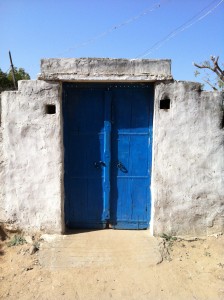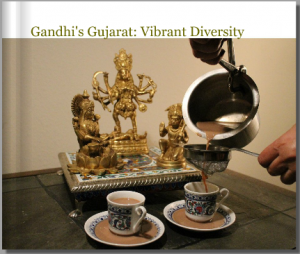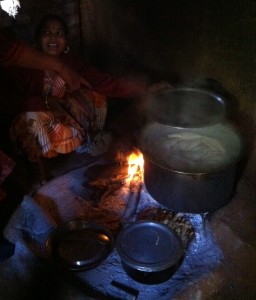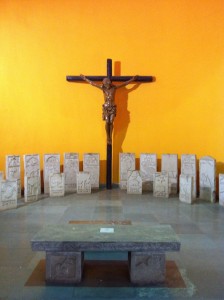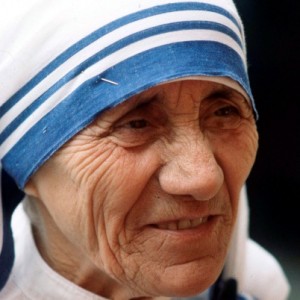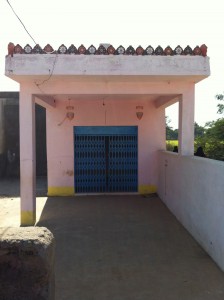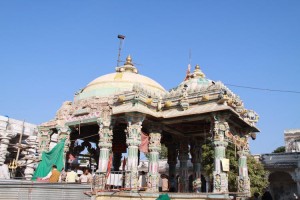A few of us were privileged to travel with Dr. Iyer to Grand Rapids, Michigan this past week and present on Gujarat at the biennial Henry Institute’s Symposium on Religion and Public Life at Calvin College. For an 8:45 a.m. presentation the room was occupied by students from the Asian Politics course offered by the host institution. It is encouraging to see people engage with the topic and ask questions regarding both the current state of Gujarat and what the future holds, particularly should the Chief Minister go to Delhi. There was a gentleman who expressed interest in advocacy regarding the situation in Gujarat, and the professor of the class met with us personally to thank us for bringing an international element to the Symposium where the focus is typically on Christianity and American politics.
We returned with a great deal of gratitude that we live in the state of California, and that we are sharing the story of Gujarat with even more people. It is perhaps overly optimistic, which I am not necessarily prone to, but I believe we will begin to see more and more people engaging in informed discussion about Gujarat, Narendra Modi, and the exclusion of minority populations from the participation in mainstream Gujarati society. Follow the Center for Conflict Studies on Twitter and Facebook for future events concerning this topic. Peace.